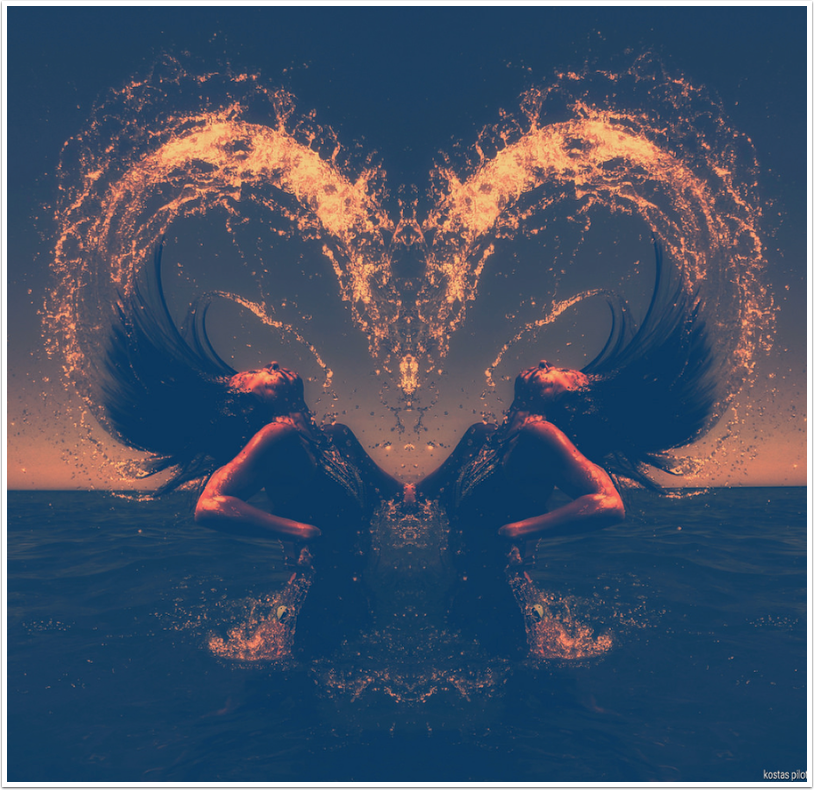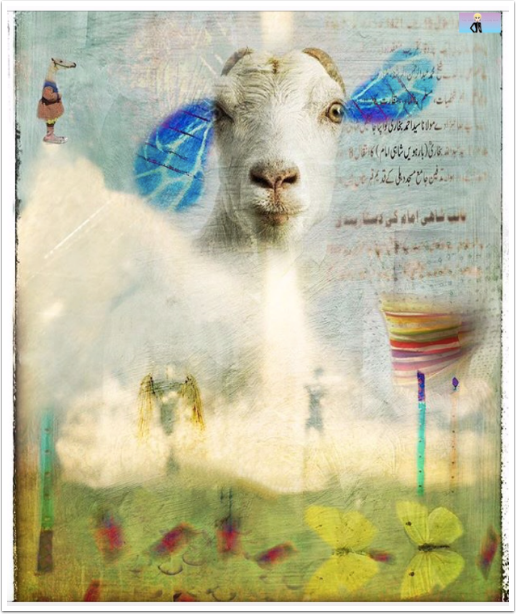2014 Sony World Photography Awards Judge, Ruth Eichorn, Shares What She’s Looking For In This Year’s Competition
You have seen the call for entries to the 2014 Sony World Photography Awards but how can you make sure yours is the photograph that the judges choose? WPO gives you an exclusive insight into the thoughts of our 2014 Honorary Jury members and exactly what they are looking for in an award-winning image.
This week, WPO interviews jury member Ruth Eichorn, Director of Photography, Geo.

You have sat on many high profile photographic judging panels. In your opinion, what makes an award-winning image? What key elements will you look for in the entries to the 2014 Sony World Photography Awards?
At the Sony World Photography Awards there are more categories than in other competitions. They range from Conceptual and Lifestyle to Contemporary Issues and Current Affairs. The horizon for possible entries is for all kinds, minds, and all kinds of styles. In the news and documentary categories, the key element will certainly be the impact an image makes conveying a maximum of information regardless of style, but keeping in mind that it reveals more than just a simple delivery of news. For most of the other categories what matters is the originality of the visual translation of the subject. In some of these categories post-production will be an important issue. As photography and post-production in creative areas of image-making is more and more an issue, this will be an important point to discuss in the jury. There are excellent and terrible examples of post-produced images, and to judge these images is more complicated than an image with a clear message and an immediate impact, because it becomes a question of taste and cultural background.
What practical tips can you give a photographer entering a competition for the first time? Importantly, is there anything a photographer should definitely avoid when entering a competition?
Young photographers, compared to those of a generation or two ago, are more likely to have passed through an art school or took classes in history of photography, in aesthetic theories or fine arts programs. They try harder to find a suitable style to express with more individuality how they see the world or how they see a situation.
The level of originality is rising, putting young photographers under a great deal of pressure.
My first practical tip is: Enter! If you are shy or insecure about your work you will find out where you stand. If you do not win, don’t worry. I think the procedure itself to prepare for the entry is worth the effort, since it involves taking a critical look at your work, editing it and maybe asking friends of their opinion, thereby initiating a discussion about your work.
Avoid entering something that falls short of technical perfection. Apart from differences in taste and opinion a jury may have, the basic configuration in terms of technical perfection should be there.
What are you hoping to see in this year’s entries?
I constantly look at all results of all major contests. That is part of my job description and important for me to see what is going on in our world of photography. I saw trends come and go, and I always appreciate work that does not care about being trendy, but surprising and genuine. In my office I get lots of proposals, portfolios, websites to look at. In other words, it is pretty tough to still surprise me. But it is possible. It happens once in a while, and for this competition I really hope to have some of these moments.
Why do you think it is important for amateur and professional photographers to enter their work into competitions?
I guess that amateurs are mainly looking for uncompensated recognition. More and more amateur photographers take workshops with well-known photographers, some can afford even better and more expensive camera equipment than professionals, and if they are of the competitive type they want to see where they stand in comparison with the top photographers. For people who actually do photography for a living, competitions are quite important for several reasons. The winners will have their names and their work exposed not only to the public, but also to curators and editors. Those who do not win can at least see and compare and get angry with the jury.
Reprinted from WPO Press Release



One Comment
Carlos
Nice insight into competing on the world stage as an image creator!